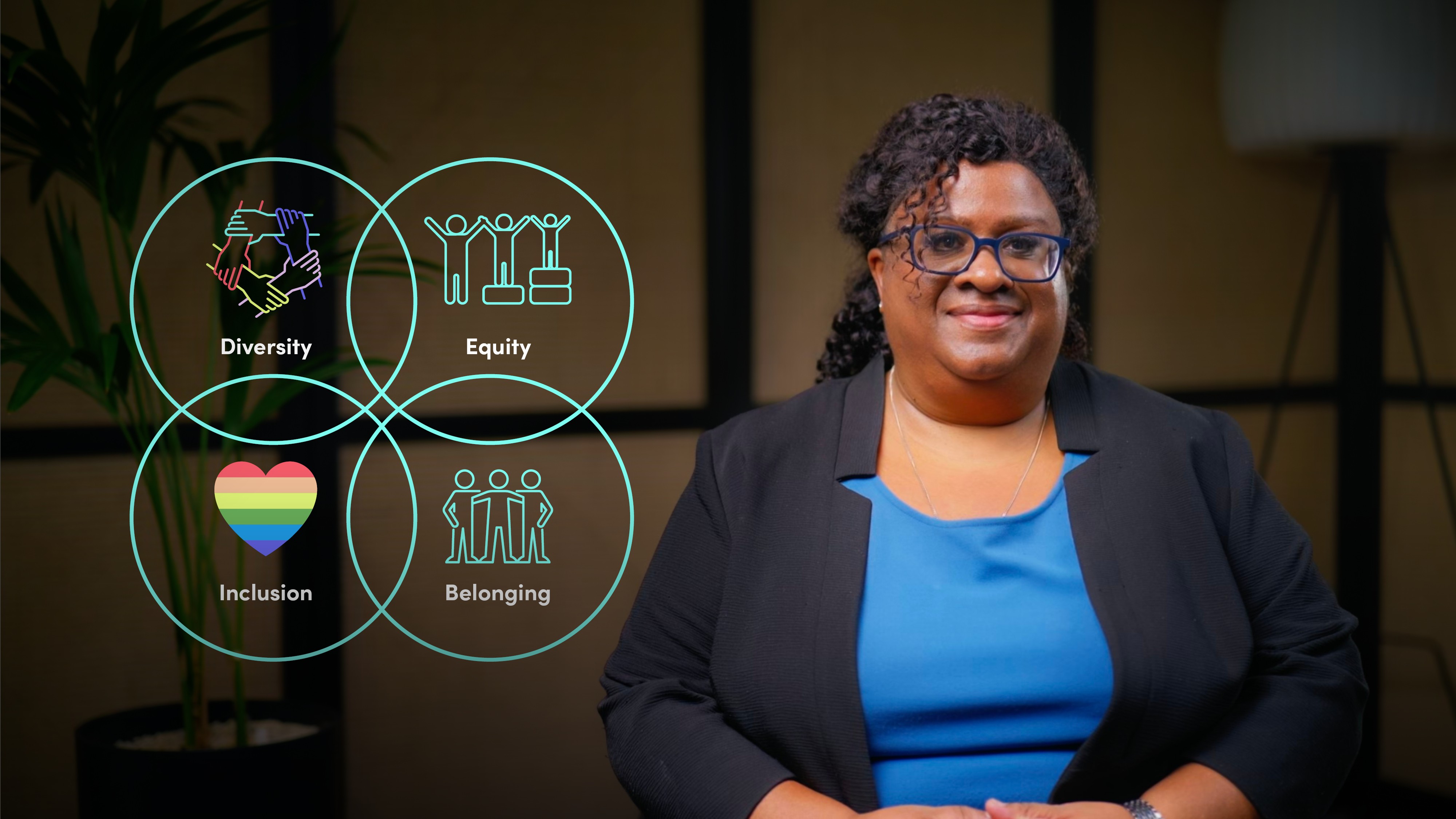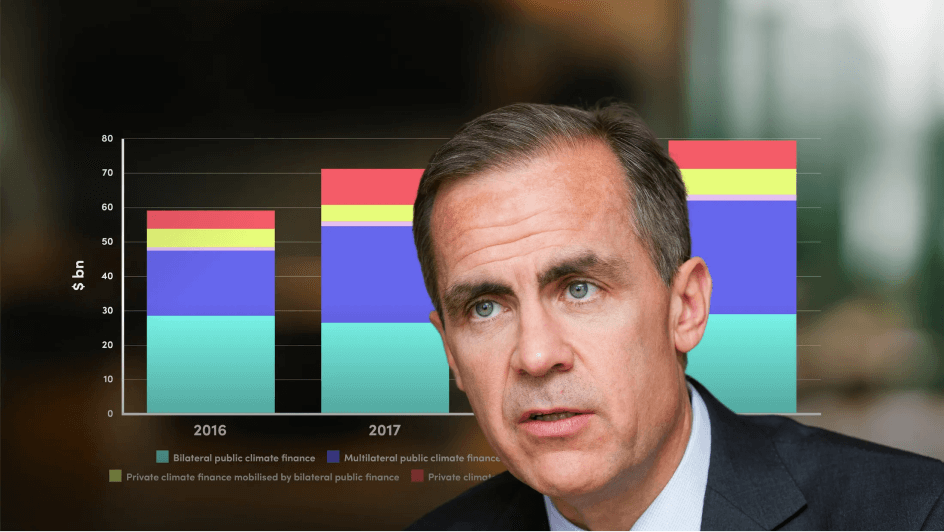
Introduction to Diversity, Equity, Inclusion and Belonging

Ann Palmer
In this video, Ann introduces the concepts of Diversity, Equity, Inclusion, and Belonging (DEIB). She also explores what each element of DEIB means, why belonging is crucial for workplace relations, and how DEIB positively impacts organisational success.
In this video, Ann introduces the concepts of Diversity, Equity, Inclusion, and Belonging (DEIB). She also explores what each element of DEIB means, why belonging is crucial for workplace relations, and how DEIB positively impacts organisational success.
Subscribe to watch
Access this and all of the content on our platform by signing up for a 7-day free trial.

Introduction to Diversity, Equity, Inclusion and Belonging
18 mins 13 secs
Key learning objectives:
Understand the core components of DEIB (Diversity, Equity, Inclusion, and Belonging)
Identify the significance of belonging in workplace relationships and organisational outcomes
Outline how DEIB principles relate to practical workplace scenarios
Describe key strategies for building cultural awareness within an organisation
Understand the difference between DEIB as a human value versus a characteristic
Overview:
Subscribe to watch
Access this and all of the content on our platform by signing up for a 7-day free trial.
- Diversity refers to the presence of differences within a given setting, encompassing various characteristics such as race, gender, age, sexual orientation, and cultural background.
- Equity involves ensuring fair treatment, opportunities, and advancement while striving to identify and eliminate barriers that have historically led to unequal outcomes.
- Inclusion focuses on creating environments where everyone feels respected, valued, and empowered to fully participate, contributing to a sense of connectedness and acceptance within the group or organisation.
- Belonging is crucial as it fosters an environment where everyone, regardless of their identity, feels connected, valued, and included within their work environment.
- Provide cultural awareness and sensitivity training to educate employees about diverse cultural norms and communication styles
- Adopt inclusive communication practices, such as avoiding slang and offering multilingual support
- Build diverse leadership teams that reflect a variety of cultural perspectives, enhancing decision-making
- Celebrate cultural events and traditions to show appreciation for the diversity within the company
Subscribe to watch
Access this and all of the content on our platform by signing up for a 7-day free trial.

Ann Palmer
There are no available Videos from "Ann Palmer"





























